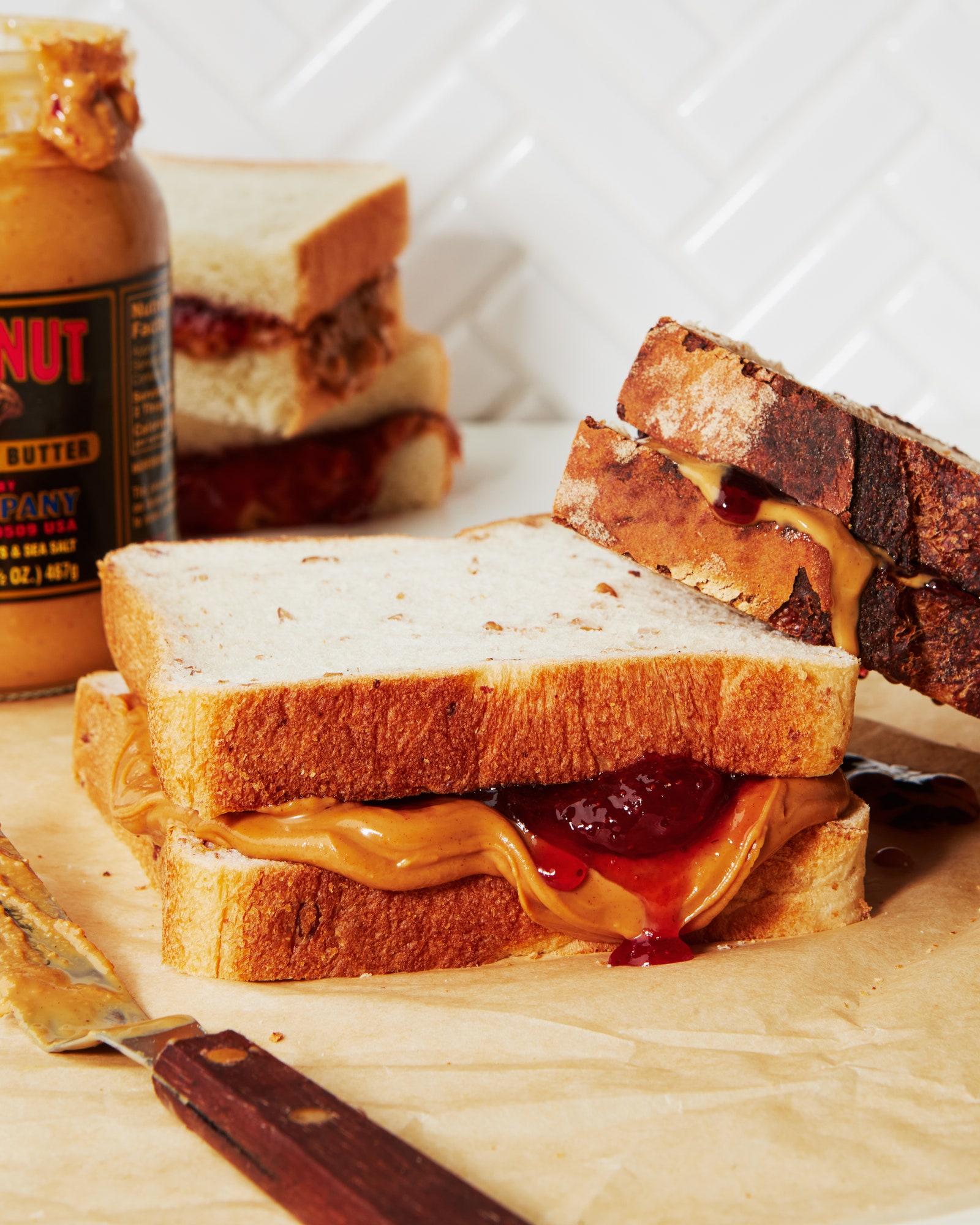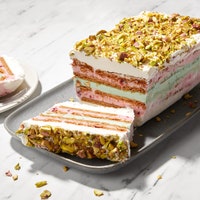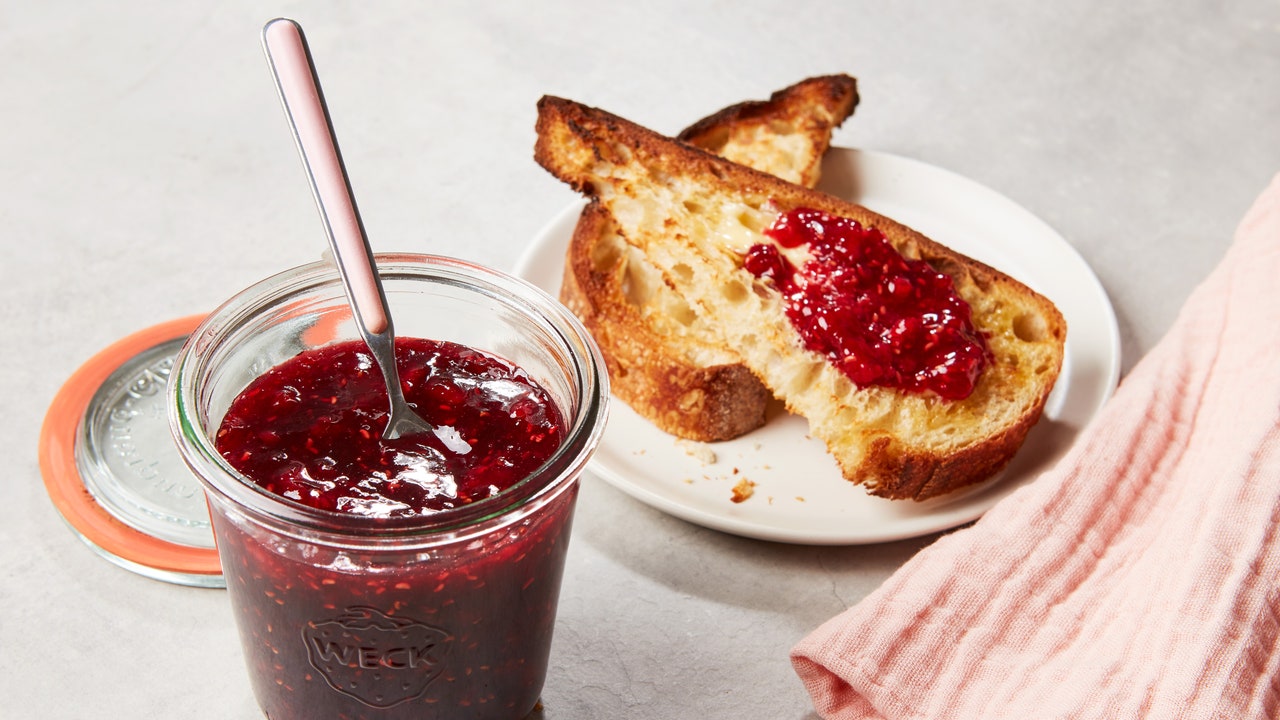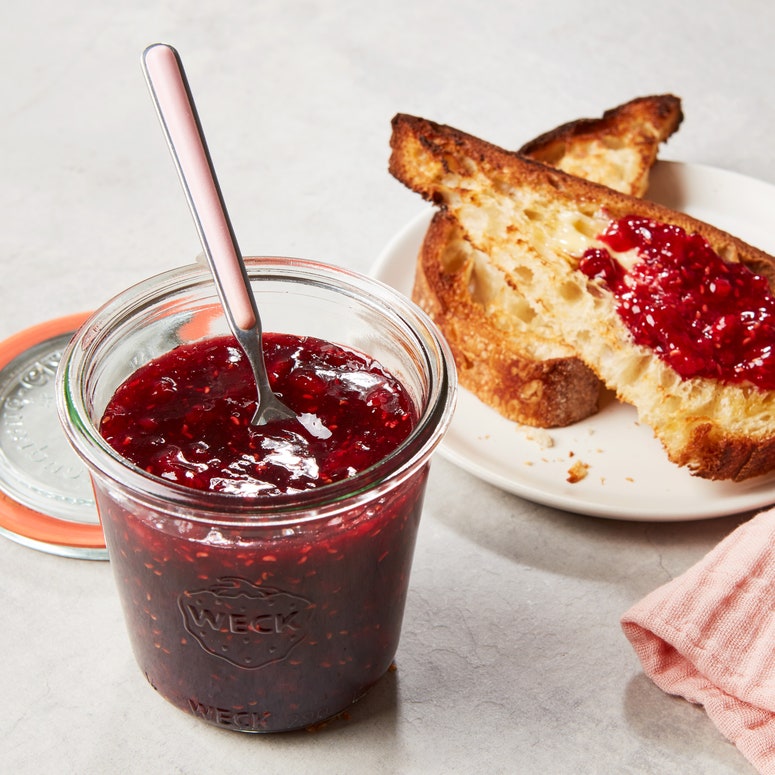Fruit spreads are versatile ingredients that can be used in a variety of dishes. From holding Linzer cookies together to glazing grilled chicken, the possibilities are endless. Autumn favorites like apple butter and classic pairings like strawberry jam with scones add a touch of sweetness to any meal.

To be considered a preserve, a fruit spread must contain fruit, sugar, and pectin. Pectin, a soluble fiber found in fruit, acts as a gelling agent when heated, giving jams and jellies their signature texture. Different fruits have varying levels of pectin, with some requiring additional pectin to achieve the desired consistency.
Jam vs. jelly: What’s the difference?
Jam is made by cooking fruit pieces with sugar and pectin to achieve a spreadable consistency. Jellies, on the other hand, are made by straining solid fruit pieces after cooking, resulting in a translucent, uniform texture. Both must contain a certain percentage of fruit to be considered jam or jelly.
Other types of fruit spreads:
Fruit preserves differ from jam in that they use whole or large pieces of fruit, suspended in a thick gel or syrup. They are versatile condiments that can be used in various ways, from pastries to cocktails.
How to store jams and jellies:
Proper storage of jams and jellies can extend their shelf life. Unopened jars should be kept in a cool, dark place, while opened jars belong in the refrigerator. Most preserves can last up to six months, but always discard if you see any signs of mold.

23 Ways to Use Up That Jar of Jam
Our favorite jam desserts, plus tons of other ways to go beyond plain ol’ toast.
Alexis deBoschnek is a Catskills-based cookbook author and writer. When she’s not in the kitchen, you can find her somewhere in her garden or sipping a dirty martini on the porch.

